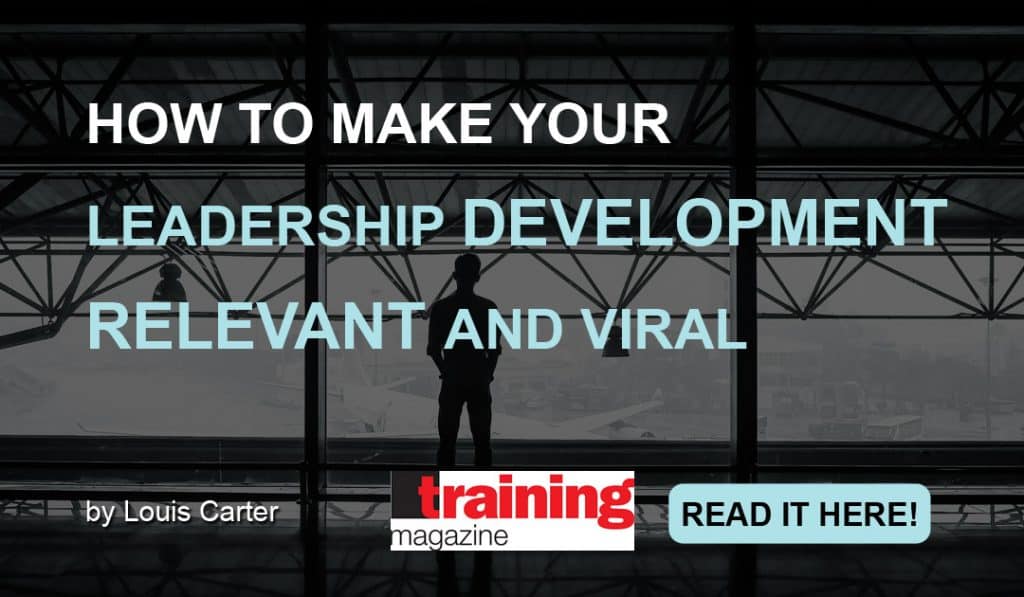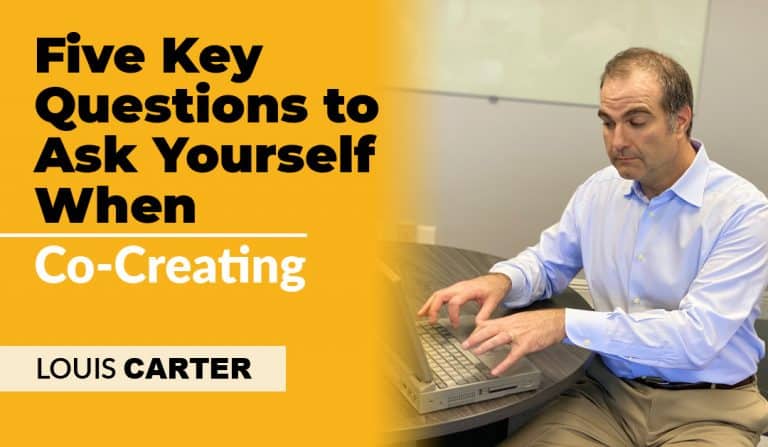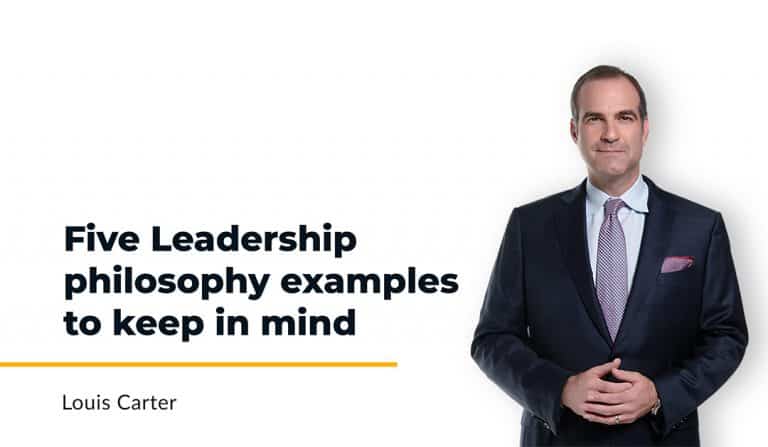1. The Power Behind the Curtain: Securing Executive Sponsorship
Let’s get one thing straight—if your leadership development program walks into the room wearing an HR-only badge, it’s already halfway to irrelevance. That may sound harsh, but without visible, vocal backing from someone with authority—ideally your CEO—your initiative won’t gain traction. It’ll stall. It might even vanish.
An executive sponsor isn’t just a formality. They’re the heartbeat of your program’s credibility. Engage them early. Keep them looped in during every phase—design, delivery, impact. Show them results, not just theories. Because once they believe in it, they’ll champion it. And that’s when things really start to move.
2. Relevance Over Rhetoric: Train for Today, Not Tomorrow
Forget the five-year plan. Your organization’s problems are happening right now—in real time. That’s where your training should be focused: on immediate, tangible issues. What’s burning? What’s shifting? What’s keeping your people up at night?
Identify those pain points with your leaders—not just the ones in the C-suite, but the boots-on-the-ground decision-makers navigating daily complexity. When your development programs tackle what matters now, they stop feeling like academic exercises—and start feeling like essential tools for survival.
3. No More Echo Chambers: Fuel Growth Through Cross-Functional Conversations
Once you’ve zeroed in on a challenge, don’t just throw it into a PowerPoint and hope for the best. Instead, curate a diverse, handpicked group of leaders—senior execs, frontline thinkers, problem-solvers from across departments—and drop them into a room together.
Let the sparks fly.
A full day of open dialogue, raw debate, and deep listening can yield more insight than a hundred strategy memos. But choose wisely. You want people with skin in the game—people who aren’t afraid to speak, think, or challenge the status quo. Because that’s where real leadership is born.
4. Show, Don’t Sell: Let Leaders Find Their Own Way
Here’s a paradox: the more you try to force someone to learn, the less likely they are to internalize it. So stop prescribing answers. Start describing possibilities.
Give your leaders access to models, frameworks, fresh ideas. Then, step back. Let them wrestle with how it applies to their world, their team, their mission. When people draw their own conclusions, they don’t just remember the lesson—they own it. And ownership leads to action. Every time.
You want real culture change? Then you need more than a top-down mandate. You need something contagious. Something that spreads laterally, organically—even quietly at first—until it becomes embedded in the DNA of your organization.
Viral learning happens when leaders genuinely resonate with what they’ve learned—and are inspired to share it. Not because they were told to, but because they believe in it. That’s why relevance matters. That’s why ownership matters. Get those two pieces right, and the learning doesn’t just stick—it spreads.
Want to make leadership development actually matter—and stick? Discover how to keep it relevant, viral, and real. Check out the full article here.






